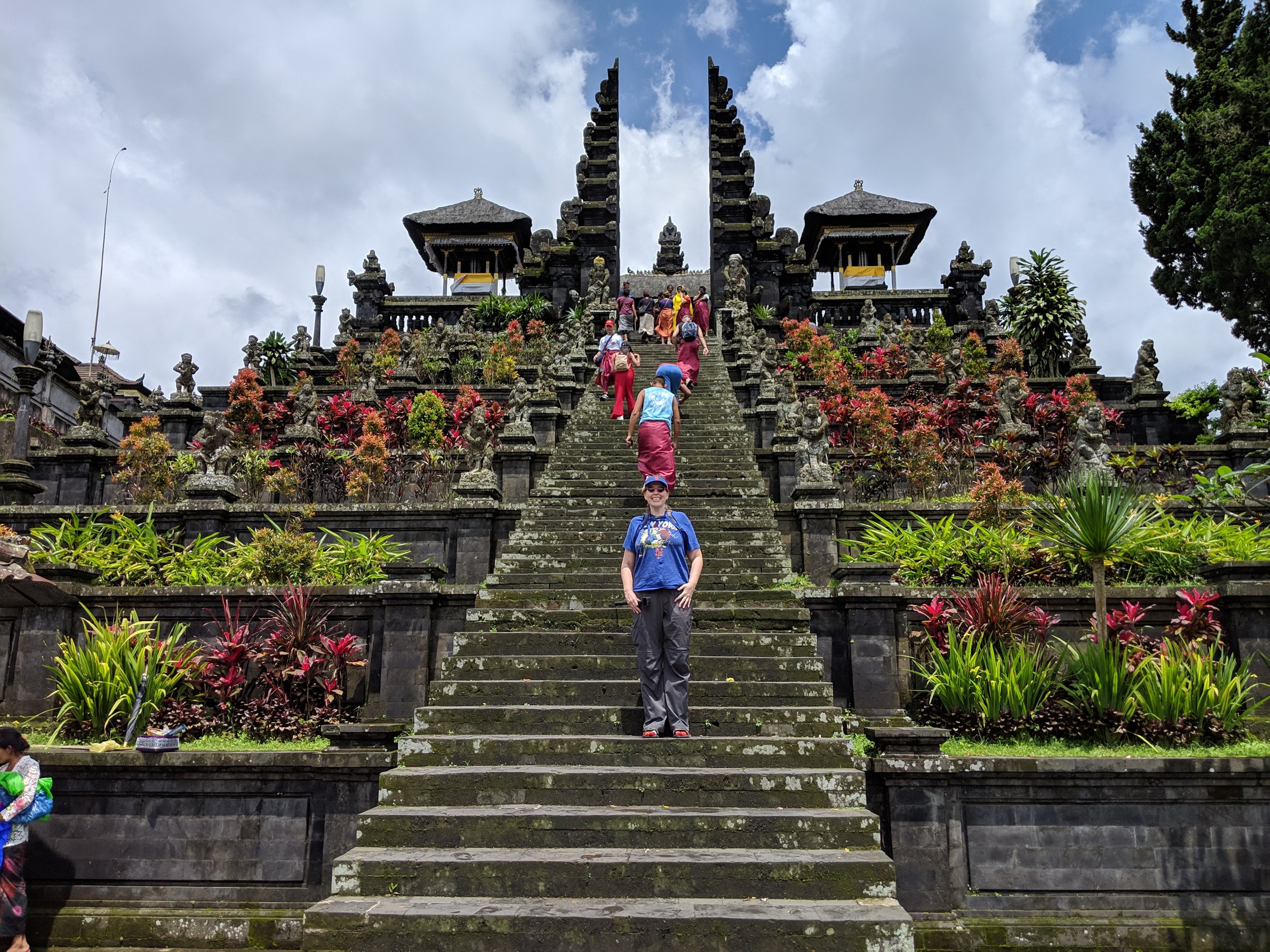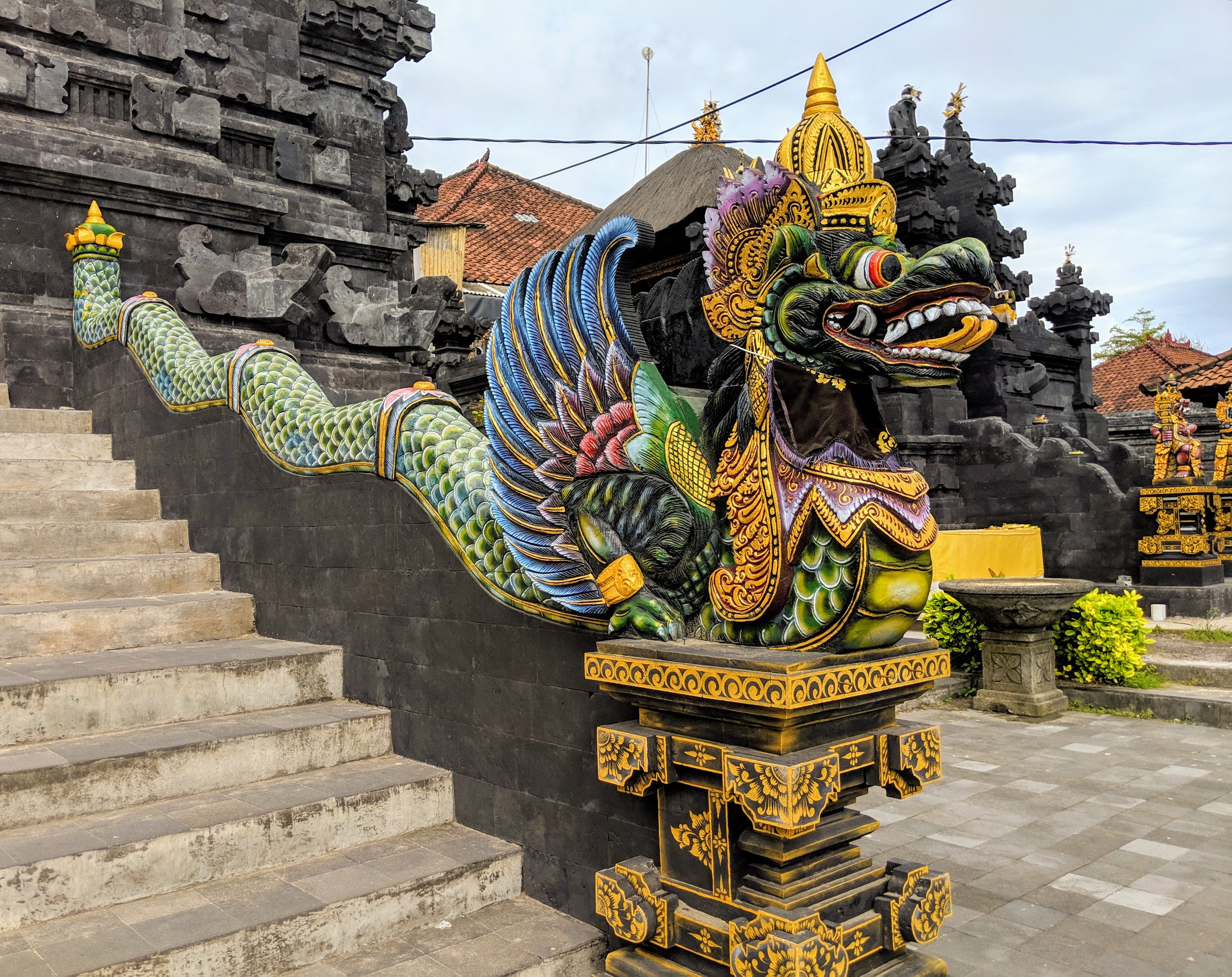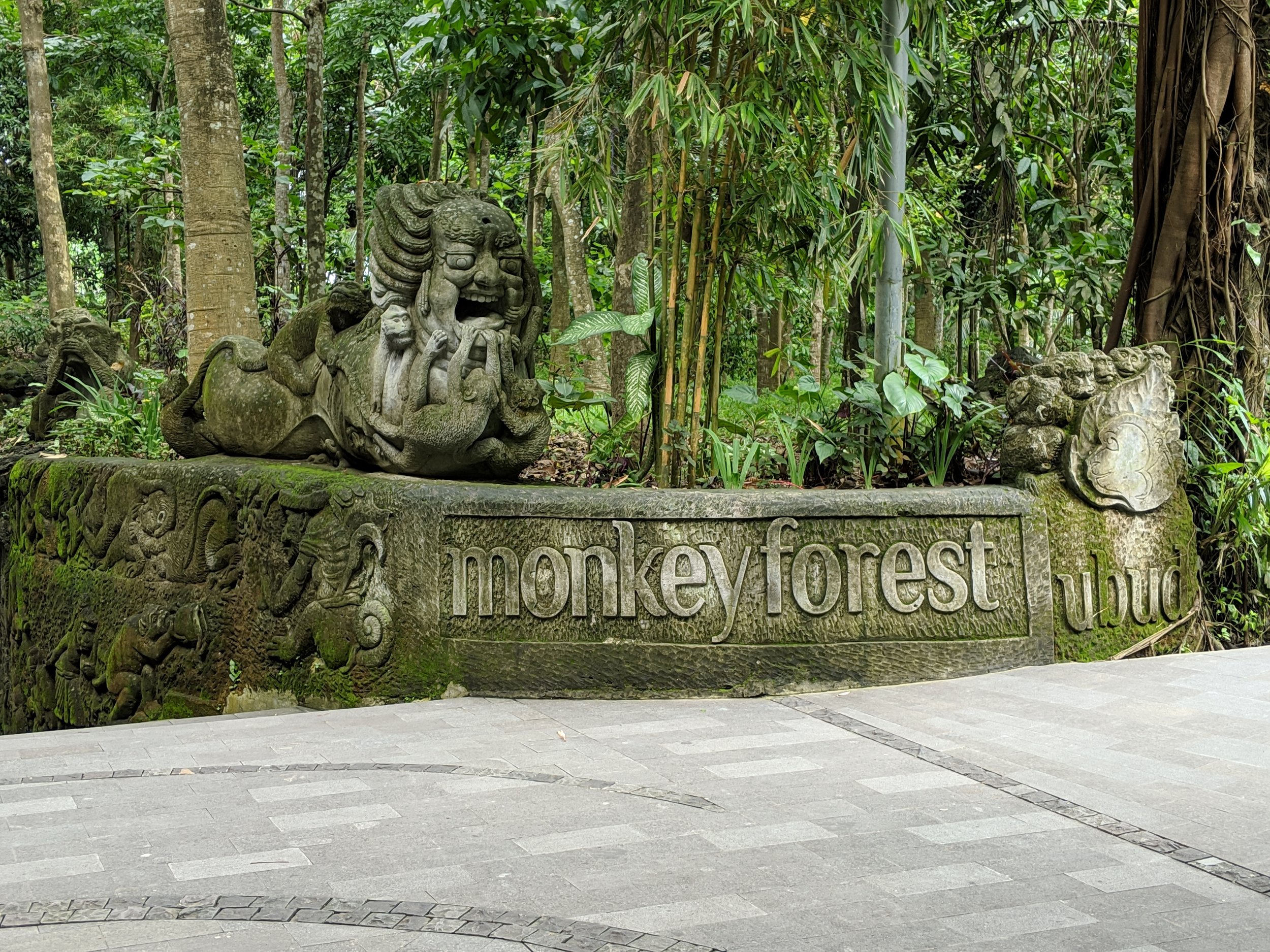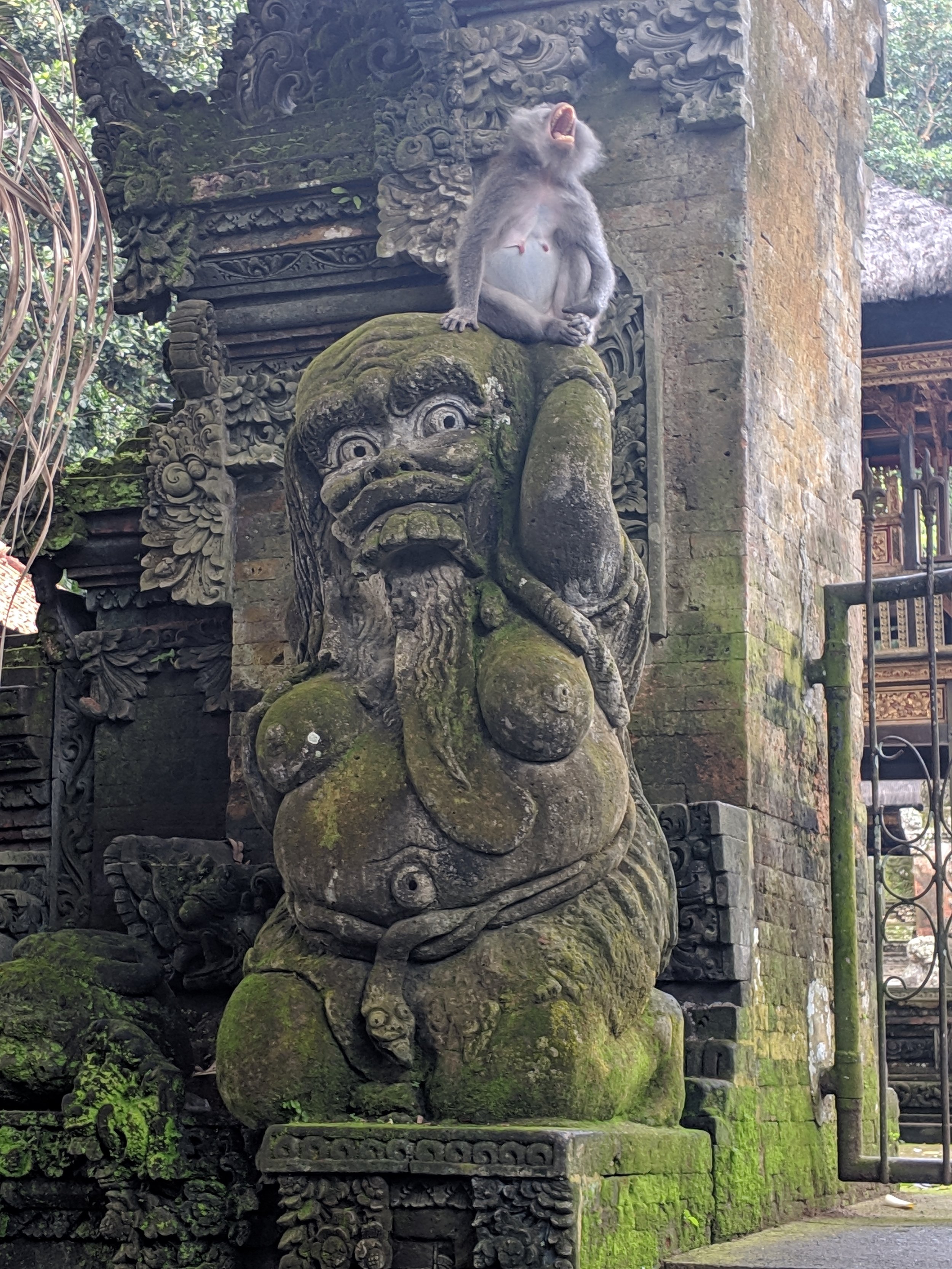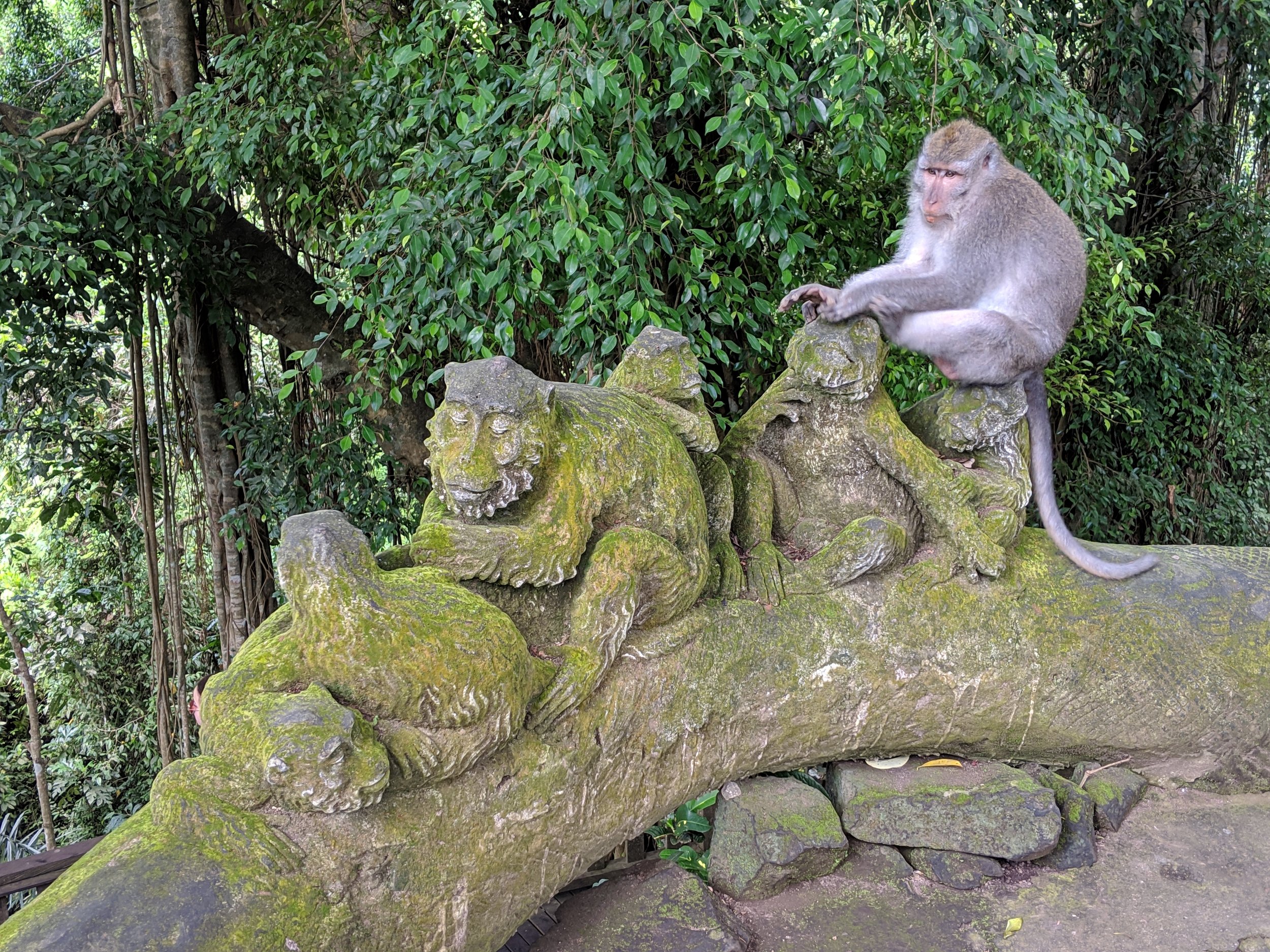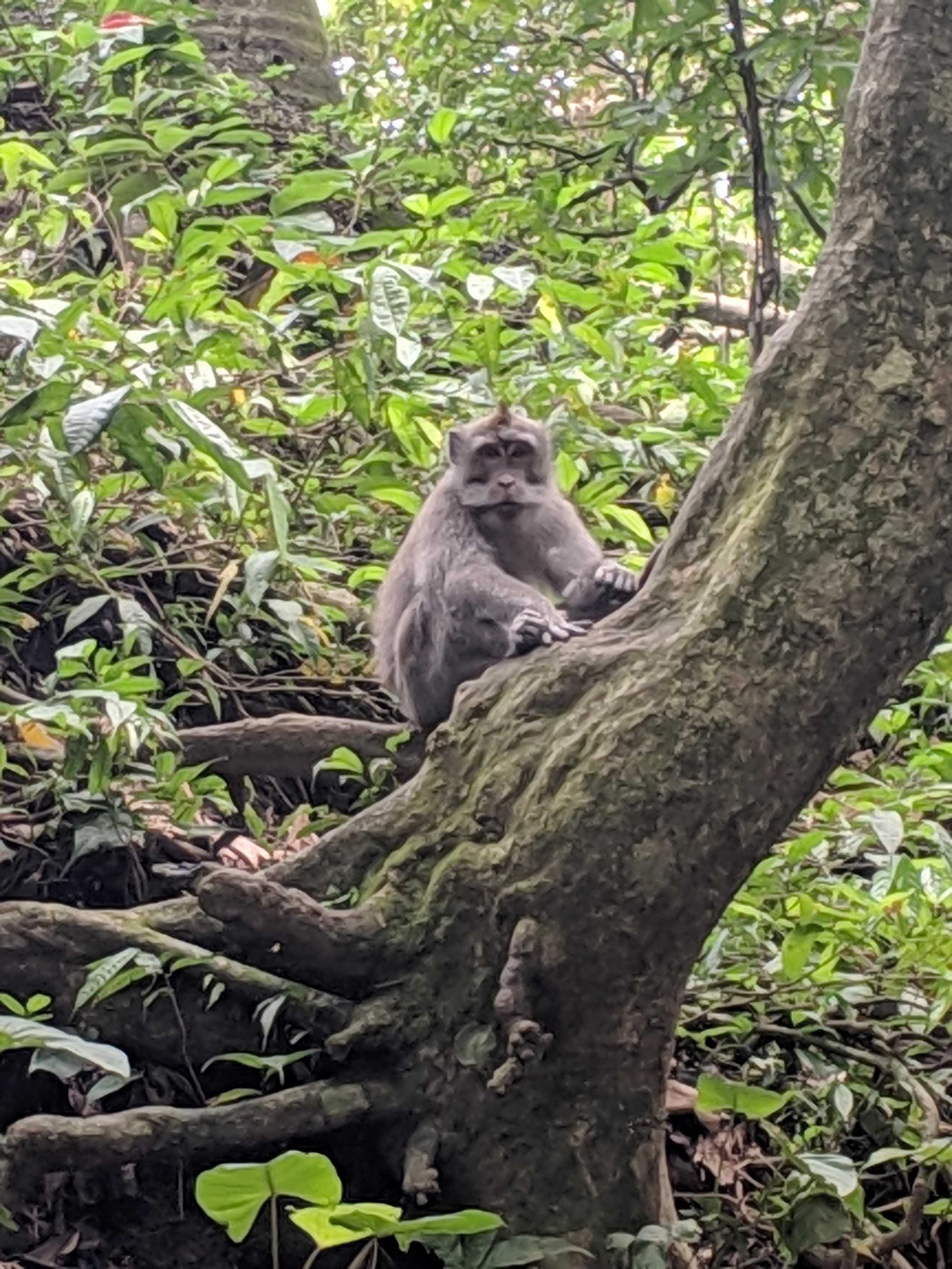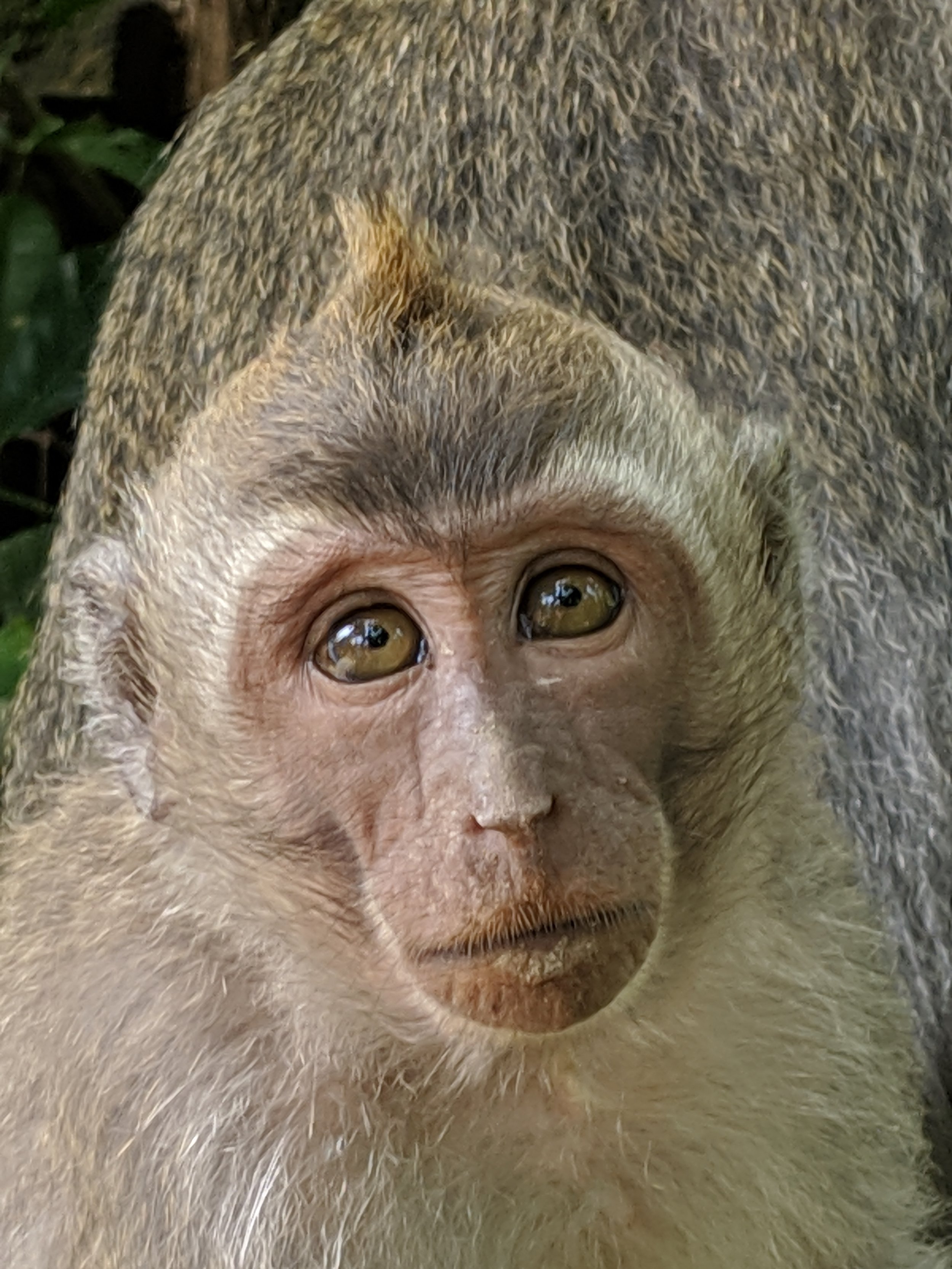The Five Most Impactful Temples in Bali
Disclosure: Please note that some of the links below may be affiliate links, and at no additional cost to you, I earn a commission if you make a purchase. I recommend only products and companies I use and the income goes to keeping the site community supported.
Holiness at the Edge of the World
Bali, the "Island of the Gods," lives up to its name with an abundance of stunning Hindu temples at every turn. With countless sacred sites scattered across the lush landscapes and dramatic coastlines, visiting them all might require a permanent change of residence (and let's be honest, Bali's beauty is tempting enough!). To help navigate this spiritual smorgasbord, Leap of Faith Chloe has embarked on a pilgrimage of her own, exploring the top temples across the island. This guide curates the absolute must-sees, ensuring you experience the most magnificent and culturally significant temples Bali has to offer. So ditch the FOMO and get ready to discover the island's divine highlights!
Besakih: The Mother Mountain Temple
On the slopes of Mount Agung, Bali's volcano, you'll find the island's oldest temple, Besakih. Scholars believe that the site has been used for Hindu worship since pre-historic times; written evidence shows the temple in use by the mid-1200s, when Javanese fighters invaded Bali.
Besakih is often called the "Mother Temple" because its unique architecture became the model for many other temples on the island. The template is instantly recognizable: at the top of a large set of stairs, an ornate, floriated front is split down the middle, opening into the temple complex.
Besakih is a complex consisting of several temples of various size, many of which are not fully open to tourists. Still, the mountain view is outstanding, and the gardens on the tiers leading up to the temple are radiant.
CHLOE'S ADVICE: When you first arrive at the base of the temple, people will try to sell you everything. Children and women will shove things in your hands, and then request payments. Guides will try to convince you that you need one. It's annoying. Just move past it.
Sacred Monkey Forest Preserve: Serenity in Nature
Right in the center of Ubud, Bali's cultural epicenter, is a nature preserve that not only protects the Balinese Longtail Monkey that is indigenous to the island, but also houses three temples. These three temples are scattered throughout the site, and are decorated with numerous statues of animals and Devas.
But the temples aren't just guarded by statues - the monkeys of the reserve run wild and joyfully interact with visitors. These monkeys represent the power of Bali's unique perspective on Hinduism known as Tri Hata Karana: man's synergy with nature, the gods, and fellow man.
The heavy stone of the temples, bridges, and statues is covered with moss, reflecting nature's power to use time to wear down all the accomplishments of man. The monkeys bring the visitor deep into the jungle, physically and spiritually.
Of all of Bali's temples, this is the most light-hearted and fun. As long as you don't taunt the monkeys, they'll leave you alone and instead just go about their monkey business. It's fun to watch, great for IG and videos, and utterly unique.
CHLOE'S ADVICE: Primates see bearing one's teeth as a sign of aggression. So "smiling" at monkeys is actually kinda like flipping them off with your face. So... don't?
Tanah Lot: The Sea Temple Extraordinaire
As an island, Bali hosts a seven major temples along the edges of the sea. The best of these sits at the southeast of the island at Tanah Lot, only accessible at low tide. The site is part of Hindu legend; a 17th century Hindu priest who founded the worship of Shiva on Bali was said to rest on the rocky outcrops. When locals brought him gifts, the site became a place of devotion.
Today, tourists flock to the site at sunset, though the site is just as impressive without it. The walk down to the site requires navigating a number of quaint shops, but the split walkway down to the sea is impactful. The waves crashing on the rocks beneath the temple give this temple a sense of danger and mystery not found elsewhere on Bali.
CHLOE'S ADVICE: You'll head down to the edge of the water to get a closer look at the temple, but also head off to the right side to catch cliff-side views.
Tirta Empul: The Purifying Water Temple
In addition to mountain and sea temples, Bali has several water temples situated on lakes and springs. The last two on this list fall into this category; the combination of water and Balinese temple architecture is sublime.
Of all the temples in Bali, Tirta Empul is the best choice for viewing Hindu ritual in action, and participating yourself. There are various small temples with affiliated statues, but the main focus are the pair of petirtaan, or holy water bathing pools.
This temple has been in use since the 960s CE, and is dedicated to Vishnu. Hindus from around the island, and beyond, make the pilgrimage to the site to bathe in the holy waters, purifying their souls and bodies. Tourists can hop on various tours that allow you to join in if so desired.
CHLOE'S ADVICE: All the temples on this list have a policy that menstruating women should not visit. While it is important to be respectful of this rule, it is SERIOUSLY important to obey this rule if seeking to enter the purification pools of Tirta Empul.
Ulun Danu Bratan: The Subak Temple
The last temple of the list is Ulun Danu Bratan, a ceremonial temple found on the shores of Lake Bratan. Ulun Danu is one of the master temples of the Subak system of irrigation and water sharing that marks Balinese social organization.
Built in 1633 CE, Ulun Danu Bratan is dedicated to Dewi Danu, the goddess of lakes, rivers, and irrigation. The priests at the temple hold ceremonies in which they release the water which flow through the irrigation canals of much of central Bali, making this temple of cosmological and agricultural significance.
The site is also lovely, with picturesque views of the mountains, lake, and nearby rice fields. The temple itself cannot be reached by tourists or by foot - planks connect the two buildings to the land. The result is that the temples seem to float effortlessly in the water.
CHLOE'S ADVICE: This temple is great for families because of the open gardens and fun animal statues. There's lots of room for picnics and other outdoor activities.
Dr. C's Final Thoughts
There are other temples that catch the eye in Bali. Some, like Ulu Watu in the south or Lempuyang in the east, are stunning, but difficult to get to unless you're already on that side of the island. Others, like Goa Gajah and Saraswati, are underwhelming.
Any of these five temples are a sight to behold, and it's entirely possible to visit two to three of them in the same day. Tours, which are readily available in the major cities and can be booked the day before, connect several sites. Hiring a driver is an even easier option, though more expensive. However, you won't be able to make all five in one day.
But Bali is so beautiful, you won't want to rush them.
Did I skip your favorite temple? Do you have a great Bali temple story? Sound off below!
